
Scientifically speaking, the word “crystal” refers to any solid that has an ordered chemical structure. This means that its parts are arranged in a precisely ordered pattern, like bricks in a wall. The “bricks” can be cubes, pyramids or more complex shapes.
Minerals are solid substances that are found naturally in the ground and can’t be broken down further into different materials. Most rocks are mixtures of different minerals. Virtually all minerals are crystals, but not all crystals are minerals. Some shops sell natural mineral crystals, such as pyrite, which is known as fool’s gold because it looks like real gold. You can also buy showy, human-made crystals such as bismuth, which is a metal that forms pretty crystals when it is melted and cooled.
How do crystals form?
Crystals grow when molecules (groups of atoms held together by chemical bonds) that are alike get close to each other. Chemical bonds form between the molecules, sticking them together. Mineral crystals won’t just start forming spontaneously – they need special conditions and a place for them to grow, called a “nucleation site”. This can be a rough edge of rock, a tiny crack or a speck of dust, where a molecule sticks and starts a chain reaction of crystallisation.
この記事は The Week Junior Science+Nature UK の Issue 71 版に掲載されています。
7 日間の Magzter GOLD 無料トライアルを開始して、何千もの厳選されたプレミアム ストーリー、9,000 以上の雑誌や新聞にアクセスしてください。
すでに購読者です ? サインイン
この記事は The Week Junior Science+Nature UK の Issue 71 版に掲載されています。
7 日間の Magzter GOLD 無料トライアルを開始して、何千もの厳選されたプレミアム ストーリー、9,000 以上の雑誌や新聞にアクセスしてください。
すでに購読者です? サインイン

Are cats smarter than dogs?
They're the UK's top pets, but which is more intelligent? You decide!
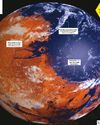
Could people turn Mars into another Earth?
Sven Bilén explores how humans might make a home on another world.
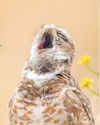
FUNNY BY NATURE
Claire Karwowski tracks down the wackiest wildlife that's cracking up the animal kingdom.
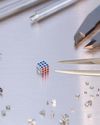
WEIRD SCIENCE
A round-up of the strangest science stories from around the world.

Guardians of the forest
Meet the incredible people protecting the Amazon rainforest.
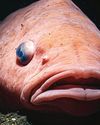
The Mariana Trench
Dive in to find out how far down the ocean goes and what it's really like at the bottom.

Megan McCubbin
Meet the zoologist trying to change people's views of animals with a bad rep.
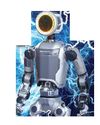
MAX POWER
From the second you wake up in the morning, your way of life is made possible thanks to the amazing power of electricity.

Your heart has a "brain"
New research by scientists at Sweden, and Columbia University, in the US, suggests that your heart could have its own \"mini brain\".
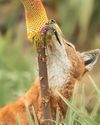
Ethiopian wolves could be furry pollinators
Sweet-toothed Ethiopian wolves have been seen lapping up nectar have been seen happing up nectar from red hot poker flowers.